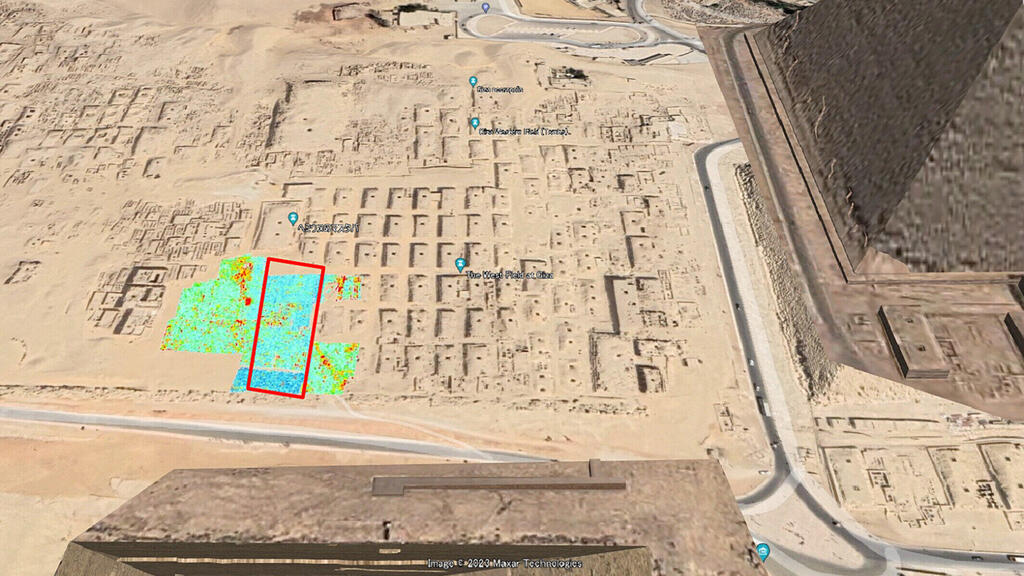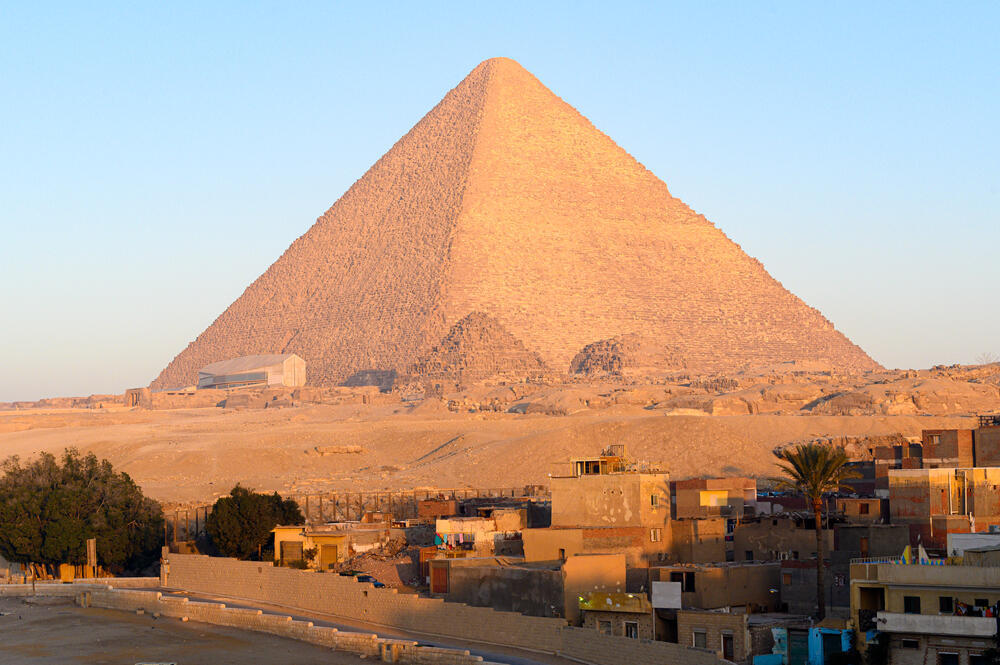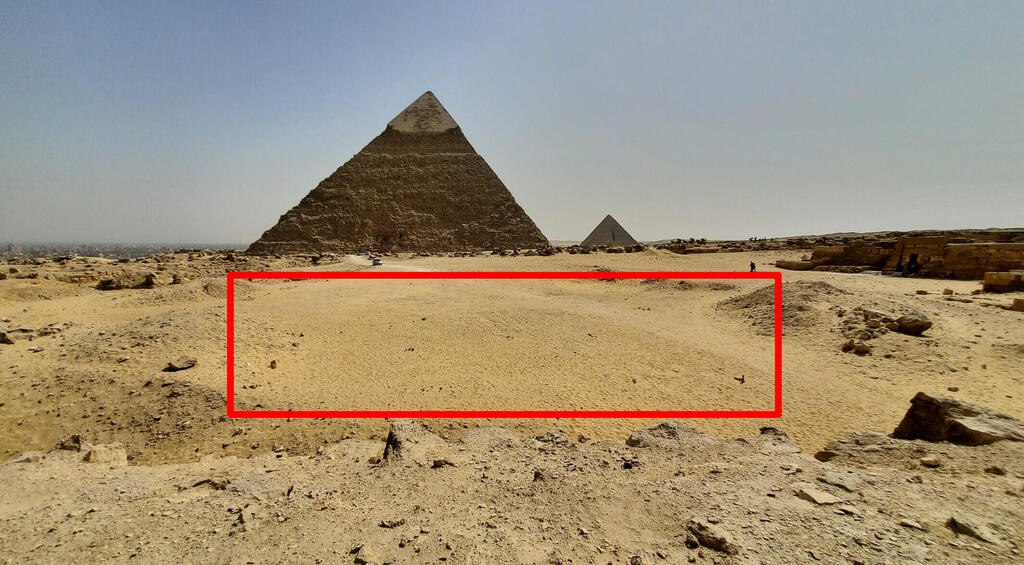An international team of archaeologists from Japan and Egypt has discovered what they describe as an underground "anomaly" near the iconic pyramid complex of Giza in Egypt. The complex, where members of the royal family and senior officials were buried, is located about 8 km from the city of Giza on the Nile and about 25 km southwest of central Cairo.
In the study published in the Archaeological Prospection journal, researchers used ground-penetrating radar (GPR) which captures wave reflections from underground layers to create two-dimensional or three-dimensional images of the earth and used this technology to investigate the area beneath Giza’s western cemetery.
Research on the Giza complex has been ongoing for centuries and has led to a better understanding of the pyramids and the people who built them. Previous studies also led to the discovery of the western cemetery, located near the Great Pyramid of Giza - also known as the Pyramid of Khufu - which is considered the oldest of the Seven Wonders of the Ancient World and the only one that has survived to this day.
The study of the western cemetery has mainly focused on mastabas, tomb structures that predate the pyramids and date back to the period between the 31st century BCE and the construction of the first pyramid, the Pyramid of Djoser, in the 27th century BCE.
These tombs are made of limestone or mud with flat roofs, and the literal meaning of the name "mastaba" in Arabic is "mud bench," as their flat shape resembles it. However, one part of the western cemetery remains an unsolved mystery - a flat, empty area bereft of any tombs.
Therefore, the team conducted a thorough and detailed survey in the area between 2021 and 2023 to determine if something was buried there. To find out, the researchers conducted ground surveys, revealing there was something beneath the surface. The team described it as an "anomaly" because its density differs from the surrounding soil.
The data also showed this anomaly was almost certainly man-made due to its shape. According to the methods used by the researchers, there appear to be two underground structures in the area - one shallow and one deep. The dimensions of the shallow structure, which is shaped like the letter L, were estimated to be about 10 meters wide and 15 meters long, located about 2 meters underground.
According to the researchers, this structure was used to build the larger and deeper complex, which may have been filled with sand and gravel, given the high level of resistance detected in the tests.
3 View gallery


Part of the cemetery inspected by the researchers
(Photo: Archaeological Prospection)
The deeper structure was buried at a depth of almost 5 meters underground at its shallowest point and 10 meters at its deepest, with an estimated area of 10 square meters. The excavations currently being conducted by the researchers aim to familiarize themselves with these structures, which they ruled out as naturally occurring due to their L-shaped form.
The research team's hope is to discover what use the pharaohs made of the mysterious structure thousands of years ago, as the presence of archaeological remains being housed in these underground facilities isn’t ruled out according to them.



